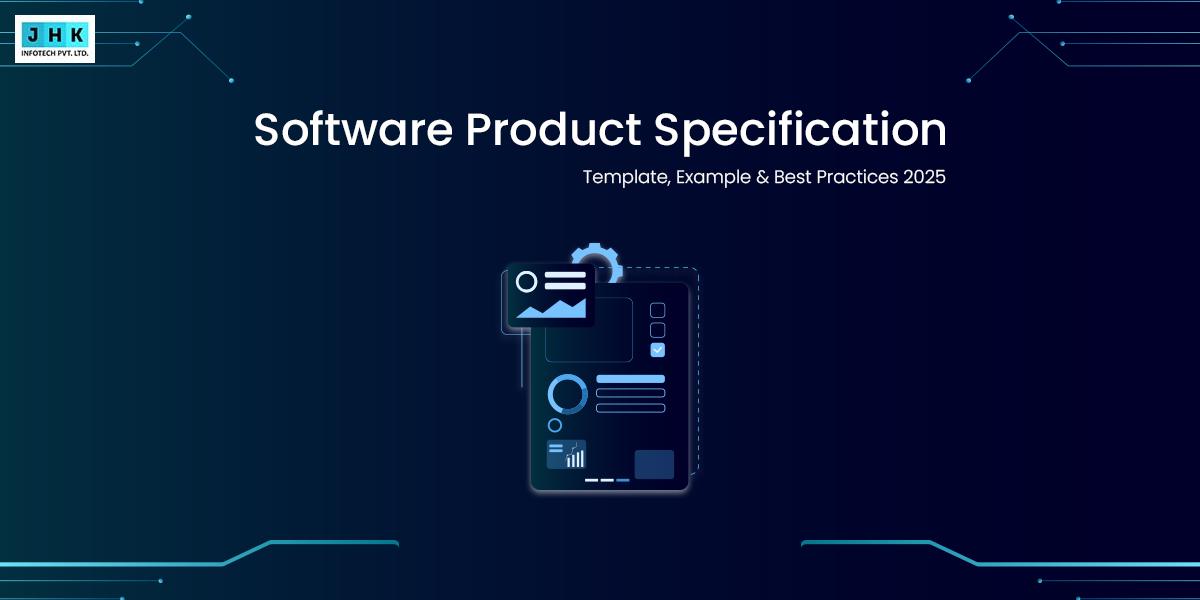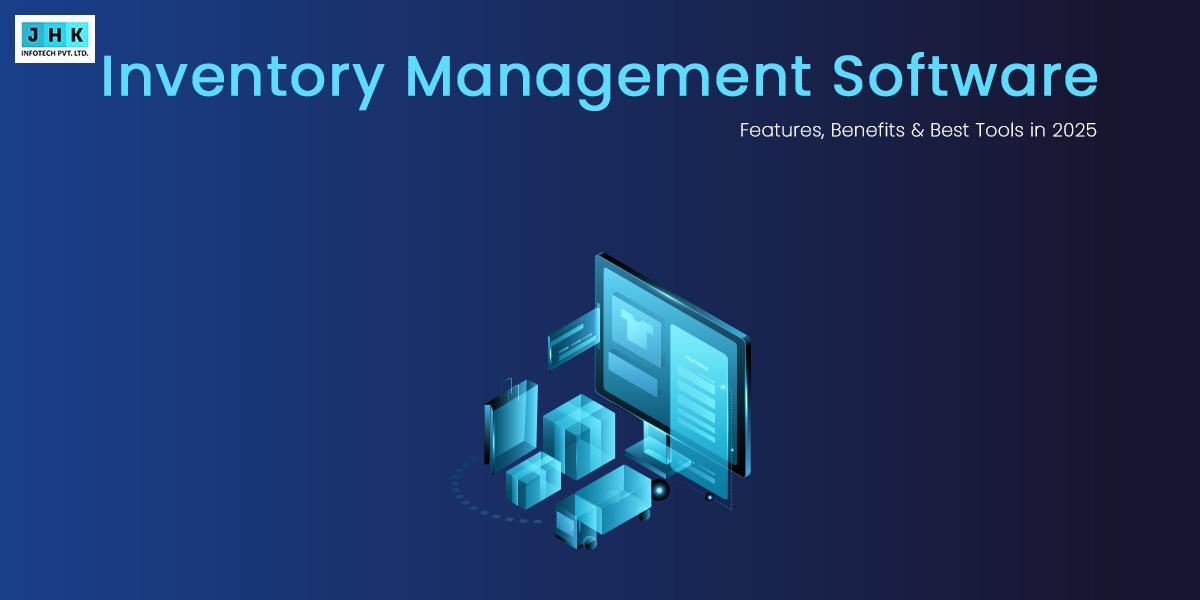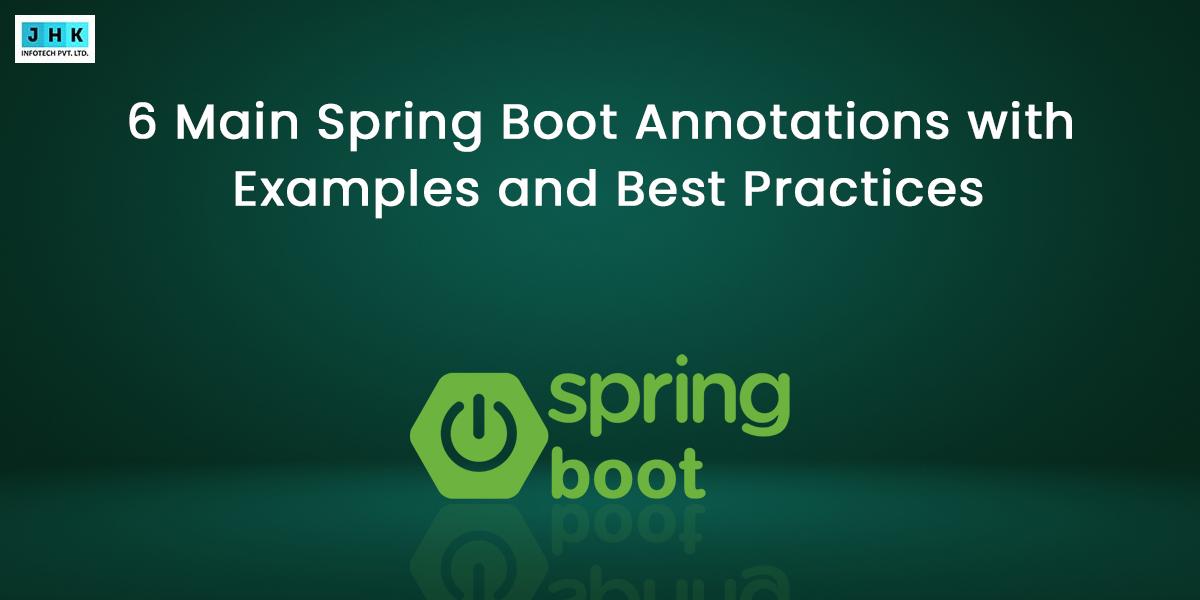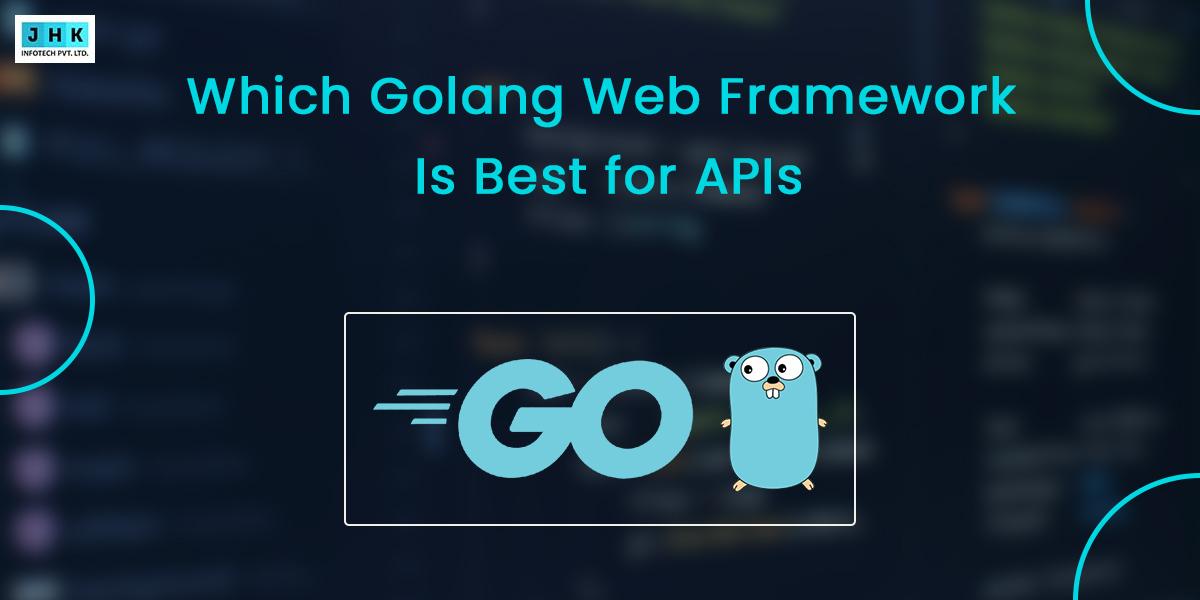Top Free REST API Design Tools for Developers in 2025
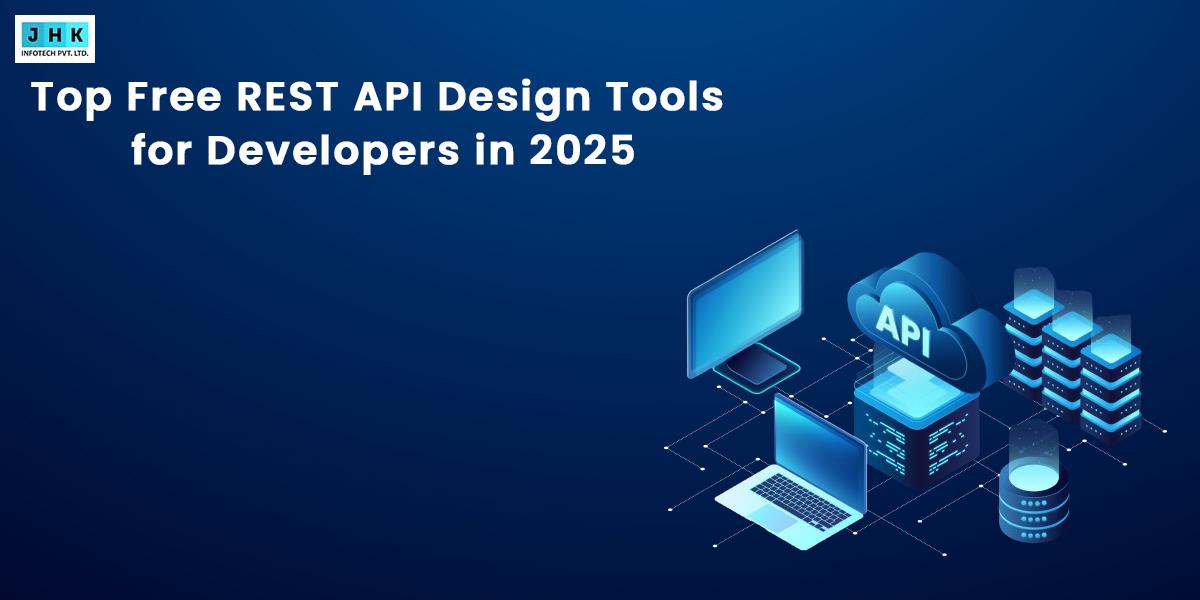
In an era where APIs serve as the backbone of software interoperability, REST APIs have emerged as the gold standard for seamless data exchange between systems. Their ubiquity in web and mobile applications underscores their importance in modern software development. However, designing and maintaining high-quality REST APIs requires robust REST API Design Tools that facilitate planning, testing, and documentation.
Selecting the right REST API design tool can significantly impact development efficiency, code quality, and team collaboration. The right tool enables developers to build scalable, well-documented APIs while minimizing errors. With numerous options available, it’s essential to choose a tool that aligns with project requirements, team workflows, and budget constraints.
Free REST API design tools provide an excellent starting point for developers, startups, and small teams. They offer essential functionalities without financial commitments, making them ideal for testing concepts, refining API structures, and ensuring adherence to industry standards. This guide explores the top free REST API design tools for developers in 2025 and highlights their features, advantages, and use cases.
What to Look for in a Free REST API Design Tool
Essential Features Every Developer Should Consider
A reliable REST API design tool should offer an intuitive interface, support OpenAPI (Swagger) specifications, facilitate API documentation, and include testing capabilities. Collaboration features, version control, and mock server integration can further enhance the API development lifecycle.
Limitations of Free Tools Compared to Premium Options
While free tools provide a solid foundation, they may come with limitations such as restricted API requests, limited storage, or lack of enterprise-level security features. Some free plans may also limit team collaboration, making them less suitable for large-scale projects.
How to Evaluate the Best Tool for Your Specific Needs
Best Free REST API Design Tools
Postman – The All-in-One API Design and Testing Tool
Postman is one of the most widely adopted REST API design tools, offering an extensive suite of features in its free version. Developers leverage Postman for API testing, automated workflows, and comprehensive documentation generation.
Key Features of Postman’s Free Version
- API request builder supporting various HTTP methods
- Automated API testing and monitoring
- Built-in API documentation generator
- Team collaboration with limited workspace features
How Postman Simplifies API Documentation and Collaboration
Postman streamlines API documentation by automatically generating detailed descriptions from API requests. Its collaborative features allow teams to share collections, ensuring a structured and efficient API development workflow.
Best Use Cases for Developers
Postman is ideal for developers working on API testing, debugging, and documentation. It suits both solo developers and small teams managing multiple APIs.
Swagger Editor – Open Source API Documentation and Design
Swagger Editor is a browser-based, open-source tool that enables developers to define APIs using the OpenAPI Specification.
How Swagger Editor Helps with OpenAPI Specification
Swagger Editor provides real-time validation and syntax highlighting for OpenAPI definitions. It simplifies API documentation and generates interactive API reference pages.
Features That Make Swagger Editor a Go-To Choice
- OpenAPI support with real-time validation
- Code generation for various programming languages
- Interactive API documentation
Pros and Cons of Using Swagger Editor for API Design
- Pros: Open-source, lightweight, and easy to use for documentation.
- Cons: Lacks built-in testing capabilities and requires additional tools for complete API lifecycle management.
Insomnia – A Powerful Alternative to Postman
REST API development requires precision, efficiency, and the right set of tools to streamline the process. While Postman dominates the API development landscape, Insomnia emerges as a formidable alternative, offering a lightweight, user-friendly experience packed with essential features. Developers looking for an intuitive yet robust API testing tool will find Insomnia a compelling choice.
Unique Features of Insomnia for REST API Development
Insomnia distinguishes itself through a suite of powerful features tailored for API developers. The following aspects make it an excellent alternative to Postman:
- User-Friendly API Request Builder with JSON Support: Insomnia provides an intuitive interface for constructing API requests, making it easy to send GET, POST, PUT, DELETE, and other HTTP methods. Its built-in JSON support allows developers to format and visualize responses effectively, ensuring seamless debugging and validation.
- Environment Variables for Efficient TestingManaging multiple environments is essential in API development. Insomnia simplifies this with environment variables, allowing developers to store authentication credentials, base URLs, and other configuration settings without modifying requests manually. This feature enhances workflow efficiency and reduces repetitive tasks.
- Open-Source Core with Plugin SupportUnlike many proprietary tools, Insomnia operates on an open-source core, fostering community-driven enhancements. Developers can extend its capabilities through plugins, adding new functionalities such as automated test scripts, custom headers, and response manipulation.
How Insomnia’s Free Version Supports API Design and Testing
Insomnia’s free version offers a comprehensive set of features that facilitate seamless API development. Developers can easily send API requests, inspect server responses, and organize their workflows through collections. Additionally, it supports GraphQL queries alongside traditional RESTful APIs, making it a versatile choice for modern API design.
By integrating automated testing, Insomnia enables developers to validate API responses with pre-defined assertions, ensuring endpoints function as expected. Its straightforward UI, combined with powerful debugging tools, helps minimize errors and enhances overall API performance.
Who Should Use Insomnia Over Other Tools?
Insomnia is particularly suitable for developers who value minimalistic design, distraction-free workflow, and deep customization options. Unlike Postman, which caters to large teams with extensive collaboration features, Insomnia excels in providing an optimized individual developer experience.
Those working on API testing, authentication mechanisms, or projects that demand precise request handling will benefit from Insomnia’s efficient architecture. Furthermore, its lightweight nature makes it an excellent choice for developers working on low-resource machines or those seeking an alternative to more resource-intensive tools.
Apicurio – A Feature-Rich Open Source API Designer
Apicurio stands out as an open-source API design tool focused on OpenAPI and AsyncAPI specifications. With its user-friendly interface and robust collaboration capabilities, it streamlines API definition processes.
How Apicurio Integrates with OpenAPI and AsyncAPI
Apicurio provides a seamless experience for designing APIs using industry-standard specifications. By supporting OpenAPI and AsyncAPI, it ensures that API definitions align with best practices and remain interoperable with various frameworks and services. The real-time validation feature helps developers detect and fix issues early in the design phase.
Collaboration Features for Teams Working on API Design
Unlike many free API design tools, Apicurio emphasizes real-time collaboration. Teams can simultaneously edit API definitions, leave comments, and track changes, making it an excellent choice for agile development environments. These collaboration tools foster efficient communication and maintain a well-documented API design process.
Best Projects Suited for Apicurio
Apicurio is ideal for projects that require well-structured API documentation and teamwork. Enterprises focusing on microservices architecture and API-first development will find Apicurio particularly advantageous.
Stoplight Studio – Visual API Modeling and Design
Stoplight Studio offers a graphical approach to API design, allowing developers to model APIs without extensive coding. This makes it a valuable tool for teams looking to streamline API documentation and design processes.
How Stoplight Studio Simplifies API Creation
By leveraging a visual editor, Stoplight Studio enables developers to create API structures using a drag-and-drop interface. This significantly reduces development time and lowers the barrier for teams unfamiliar with raw OpenAPI or JSON Schema syntax.
The Advantages of Stoplight’s Free Version for Developers
- Drag-and-drop API design functionality
- OpenAPI and JSON Schema support
- Built-in linting for API quality assurance
These features make Stoplight Studio an excellent choice for developers looking to enforce consistency and accuracy in API designs.
Where Stoplight Studio Stands Against Competitors
Compared to tools like Postman or Swagger Editor, Stoplight Studio shines in visual API modeling. Teams preferring a graphical approach over manually writing API specifications will find this tool highly beneficial.
Restlet Studio – Lightweight API Design for Developers
Restlet Studio provides a simple yet effective solution for API design and documentation. It caters to developers who need a lightweight tool for defining API endpoints.
Key Features of Restlet Studio’s Free Edition
- API design and documentation support
- Easy-to-use interface for defining endpoints
- Free-tier access to cloud-based API design
Best Practices for Designing APIs with Restlet
To maximize Restlet’s potential, developers should adhere to OpenAPI standards, ensuring consistency and interoperability across services.
Pros and Cons of Choosing Restlet Studio
- Pros: Simple and intuitive interface, ideal for beginners.
- Cons: Lacks advanced testing and collaboration features.
How Free REST API Design Tools Compare
Feature-by-Feature Comparison of Top Tools
Each tool offers distinct advantages. Postman and Insomnia excel in API testing, while Swagger Editor and Apicurio focus on API documentation and design. Stoplight Studio, on the other hand, provides a visual modeling approach.
Which Tool is Best for Individual Developers vs. Teams?
Postman and Insomnia are great for solo developers, whereas Stoplight Studio and Apicurio cater to teams requiring real-time collaboration.
Open Source vs. Proprietary Free Tools – Which One is Better?
Open-source tools like Swagger Editor and Apicurio provide flexibility, but proprietary tools often deliver a more seamless cloud-based experience.
Optimal Strategies for Utilizing Free REST API Design Tools
How to Maximize the Potential of Free API Tools
Free REST API design tools can be highly effective when utilized strategically. Developers should take advantage of integrations, plugins, and automation features to streamline their workflows. Many free tools offer built-in support for OpenAPI specifications, enabling seamless API documentation and compatibility across different platforms.
Using environment variables efficiently can optimize testing across multiple environments without modifying API requests repeatedly. Developers should also explore automation features like test scripting and scheduled monitoring, ensuring API reliability over time.
Collaboration features, even if limited in free versions, should be leveraged to maintain structured API development. Sharing API collections, utilizing cloud sync options, and integrating with version control systems can significantly enhance teamwork and code consistency.
Common Mistakes Developers Should Avoid
Several pitfalls can hinder the effectiveness of free API tools. One of the most common mistakes is neglecting proper API documentation. Inadequate or outdated documentation can create confusion, making it difficult for developers to maintain or expand APIs in the future. Ensuring that API definitions adhere to OpenAPI standards improves clarity and usability.
Another critical mistake is failing to conduct thorough testing. Relying solely on basic request validation without implementing comprehensive test cases can result in undetected errors and performance bottlenecks. Developers should consistently perform unit testing, load testing, and security assessments to prevent vulnerabilities.
Ignoring rate limits and API quotas can also be problematic. Many free API tools impose restrictions on request limits, response times, or concurrent users. Understanding these constraints helps developers optimize API performance while avoiding unexpected service disruptions.
When to Consider Upgrading to a Paid Plan
While free API design tools offer substantial capabilities, there comes a point when upgrading to a paid plan becomes necessary. As projects scale, advanced collaboration features become essential for teams working on complex API ecosystems. Premium plans often provide granular access control, allowing organizations to manage permissions more effectively.
Security is another key factor. Paid versions typically offer enhanced security measures such as API encryption, role-based authentication, and audit logs. These features are vital for businesses handling sensitive data or operating in regulated industries.
Automation and integration capabilities in free tools may also be limited. Developers requiring more extensive API monitoring, CI/CD integrations, or advanced analytics should consider upgrading to unlock these functionalities.
Ultimately, the decision to transition from free to paid depends on project scope, team size, and long-term API requirements. Evaluating usage patterns and feature limitations can help determine the right time to invest in a premium solution.
Final Thought
The landscape of free REST API design tools in 2025 offers a variety of options tailored to different development needs. Whether you need a full-fledged API testing suite like Postman or a lightweight design tool like Swagger Editor, there’s a solution for every developer. By selecting the right tool and following best practices, developers can create high-quality, well-documented APIs that drive seamless integration and innovation.



